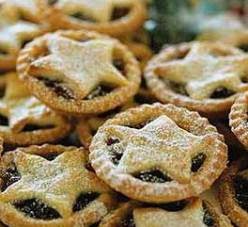I was driving from Rodez to Cahors last week after looking at a new property and took the route through Lalbenque which is famous for its truffle market which started last week.
Starting on the first Tuesday of December until mid-March in this is the place to go for black truffles or black diamond’s as they are known. This market is busiest in the month of January, when the black truffles have their highest perfume and in December last year black truffles were sold for about €1,000 per kilo in some of the farmer's markets. It takes place in the main street, called "La rue du Marché aux Truffes” and is well worth a visit. The market opens on the dot of two o’clock and generally lasts just a few minutes with everyone hiding their “black diamond” treasure under red checked napkins, in paper bags or small wicker baskets. If you are to make a day of it then arrive before midday and have a truffle omelette in one of the restaurants that line the main street.
Truffles are strange looking fungi
found just below the ground in open woodland, usually under oak or hazel trees,
and their pungent aroma attracts many animals, particularly female pigs. The
sow is said to be crazy about truffles because the truffle has the same musky
smell as the sexual odour of the wild boar. Unlike mushrooms, truffle spores
are not spread by the wind so they need animals to disperse them. Pigs need no
encouragement to look for truffles. In fact, it requires constant vigilance and
firmness on the part of the truffle hunter to prevent them from swallowing the
lot. Nowadays, dogs are replacing pigs; they have no natural interest in
truffles and can be trained to indicate with a paw the place where they have
smelt them. They are also smaller, more manageable, don't tire as easily, and
they don't go into a sexual frenzy when approaching a truffle.
All this is just part of the
wonderful, rural South West of France.




